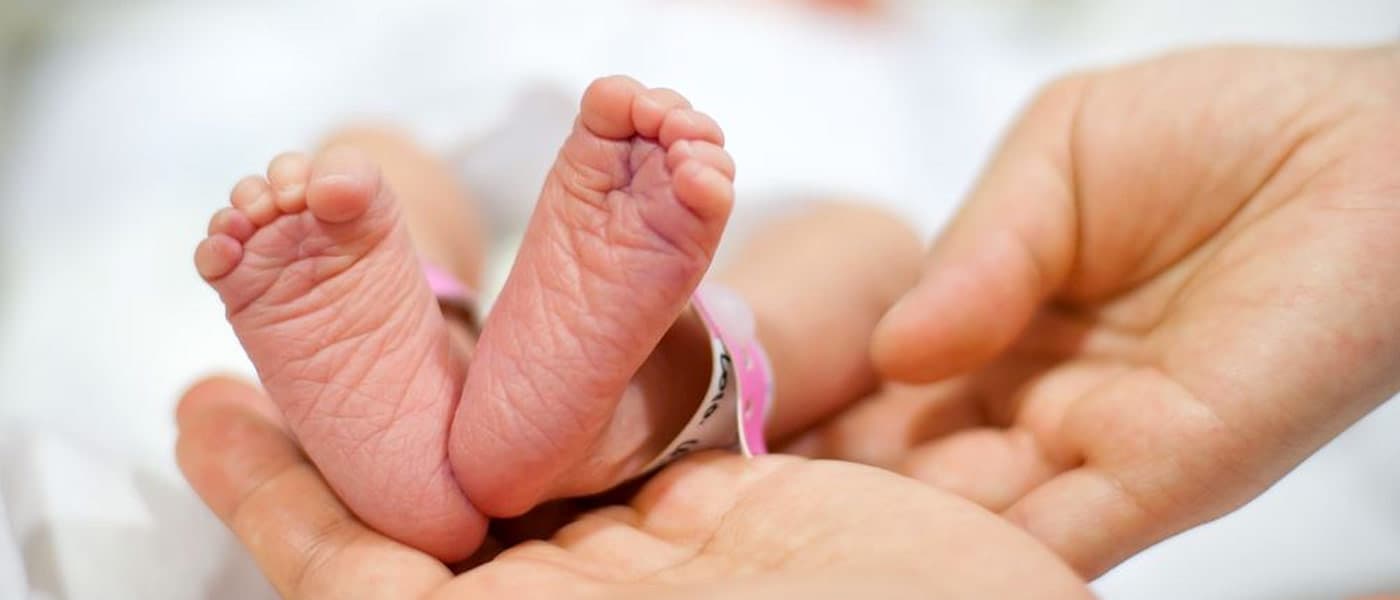Mother-to-Child Transmission
While the virus existed earlier, the first case of HIV to be officially diagnosed in Thailand was in 1984. Since the first diagnosis in Thailand, the disease quickly spread, became epidemic throughout the country, and by the mid-90s, the rate of mother-to-child transmission (MTCT) had reached 20 to 40 percent.
A decade later, the country has managed to pull down these alarming numbers to 1.9 percent. Thailand has even lowered the annual number of women infected with HIV by 87 percent (from 2000 to 2014 ), and by 2016, Thailand became the first Asian country to eliminate MTCT of HIV.
Thailand’s success against MTCT transmission of HIV was recently published in the study: Elimination of mother-to-child transmission of HIV: lessons learned from success in Thailand.
Their success against the virus, experts believe, can be credited to their dedication to following a four-pronged approach to reduce MTCT transmissions recommended by the World Health Organization (WHO) and UNICEF:
- Primary prevention of HIV infection among women of childbearing age
- Prevent unintended pregnancies among women living with HIV
- Prevent HIV transmission from a woman living with HIV to her infant
- Provide appropriate treatment, care and support to mothers living with HIV and their children and families
Using these guidelines, the country implemented the 100% Condom Programme, which promotes 100% condom use with men soliciting commercial sex workers. This effort has significantly reduced HIV infection among women of reproductive age. Sustaining such initiatives is possible with guidance and support from Thailand’s government, who increased investment and focus for HIV/AIDS prevention and eradication. Voluntary HIV testing with same-day results, re-testing among pregnant HIV-negative women, and antiretroviral therapy (ART) for HIV-infected mothers are now accessible to women in Thailand thanks to stronger legislative support.
A Concerted Effort
Thailand’s achievements can stand as a benchmark for other countries who are trying to address continued and rising HIV infection.
As UNAIDS Executive Director, Michel Sidibé points out in a statement:
Thailand has turned around its epidemic and transformed the lives of thousands of women and children affected by HIV. Thailand's progress shows how much can be achieved when science and medicine are underpinned by sustained political commitment.
Around the world, there are 36.7 million people living with HIV. 78 million people have become infected since the epidemic began, and 35 million have already lost their lives due to AIDS-related complications. Barely half of those infected have access to treatment, and in 2015 alone, 2.1 million people became newly infected.
Women who are infected with HIV have a 15 to 45 percent chance of transmitting the virus to their children during pregnancy, labor, delivery, or through breastfeeding. These odds significantly drop to just a little over one percent once antiretroviral therapy is given to both mother and child. But because treatment isn’t 100 percent effective, a simultaneous preventative approach to lowering transmission is also important.
Hopefully, as the spread of HIV continues to be a global pandemic, other countries will take note of Thailand's success. They have proven that proper government support and a clear set of guidelines can create enormous change, even in the most dire of situations.
Share This Article
